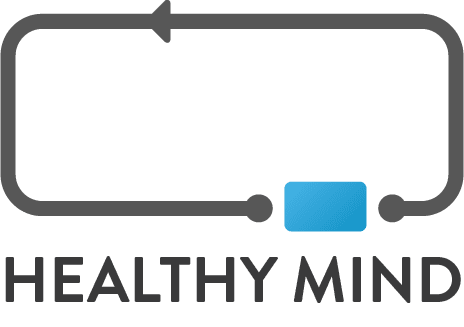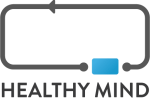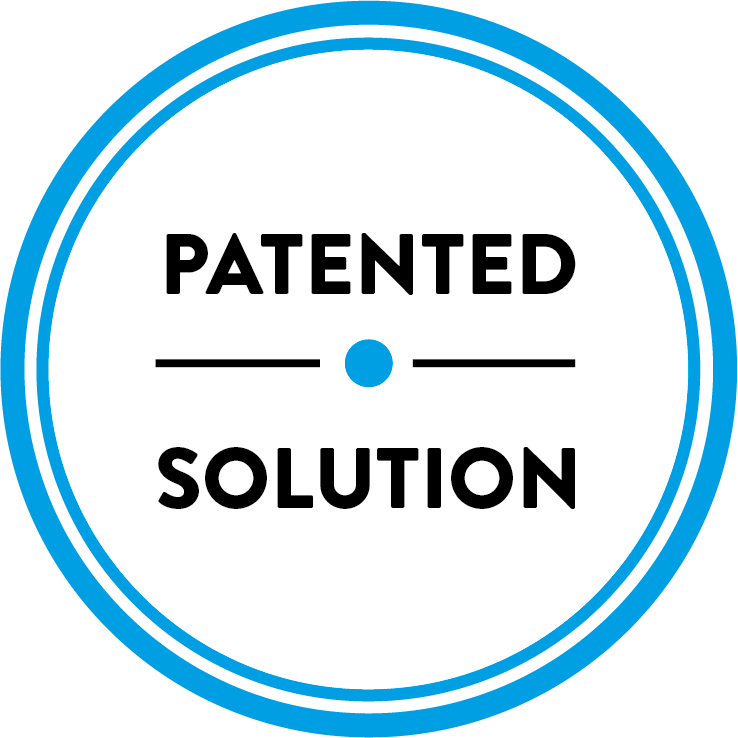Between cutting-edge techniques and technological advances, new horizons are opening up in medicine
The new year is approaching and with it, time to take stock of the past months. The medical field has been particularly rich in ingenious creations, whether it be to make the care pathway simpler, to manufacture organs from scratch or to revolutionize training in times of crisis. So, if we were to draw up a report, what are the breakthroughs to remember? We suggest you (re)discover 5 of the most unforgettable health innovations in 2021.
1. The meteoric rise of teleconsultation
We begin this ranking with a trend that you couldn’t have missed this year. However, talking about telemedicine in 2018, when its funding plan was first introduced, would have been premature. No one knew about it then and few patients showed any curiosity about it. Who would have thought that virtual consultations would so quickly win the hearts? Because yes, in 2021 it’s impossible to deny the craze for this digital practice, encouraged by a context of health crisis that has multiplied its growth.
Faced with saturated hospitals, many of us have resorted to a video call with health practitioner. The ANS (national digital agency) reports a satisfaction rate of 88% among the French. Fast and efficient, teleconsultation facilitates access to care, especially in medical deserts. Earlier this year, we mentioned the advantages of video consultations in this article.
We cannot deny it, telemedicine has conquered our daily life. Now, the question is about the evolution of this practice. What is the next step? After consultations, the government wishes to optimize the follow-up of patients at risk of hospitalization or complications (chronic pathologies, discharge from hospital, gestational diabetes, pacemaker functioning, etc.). To this end, remote medical monitoring will be generalized in the first half of 2022. This consists of installing sensors and devices in the living space of the sick person to collect data about their health. The information will then be stored and transferred to a professional for processing. A matter to be followed closely!

2. Artificial intelligence to assist doctors’ diagnosis
We continue our roundup with a more controversial technology, yet one that is driving many innovations in the healthcare industry. If you are familiar with artificial intelligence through Siri, Alexa and Google Assistant, you may be less discerning of the medical advances that use it.
Based on data harvesting, AI feeds on complete and varied information about a subject in order to learn without restriction. Because if we need to rest to give our brain a deserved break, it’s not the case for these ultra-efficient machines. Trained to recognize particular characteristics, they are in fact extremely specialized to detect pathologies.
We often fear artificial intelligence because of the many science-fiction movies that have imagined its abuses. Although the ethical questions exist, those of the scope of these technologies remain infinite. For the past few years, and even more so in 2021, medicine seems to be truly immersed in the era of data. It’s therefore not surprising that AI is proving to be a valuable tool, especially for diagnostic assistance.
This is what the French company AZmed, awarded by a trophy at the Santexpo 2021 exhibition, proposes. Based on artificial intelligence, their Rayvolve software is a diagnostic tool capable of detecting all types of fractures in standard radiography. The deep learning algorithm identifies anomalies in less than 0.2 seconds, a technical feat that is difficult to match. Why is such an advance so judicious? It all starts with one observation: fractures represent a significant proportion of trauma x-rays performed in France. Nevertheless, these examinations are considered boring, time-consuming and not very engaging from a medical point of view. AZmed has therefore created the perfect tool to offer radiologists and emergency physicians a remarkable amount of time in the management of their patients.
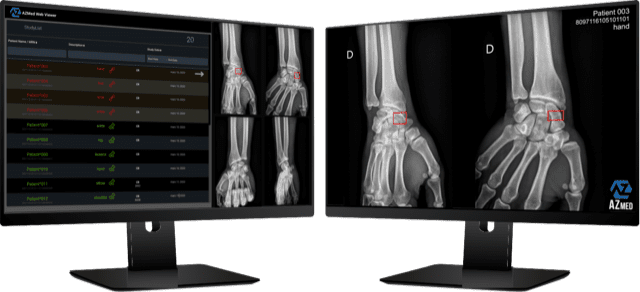
3. The revolutionary advancement of 3D organ printing
In June, NASA issued a press release announcing the results of a unique competition: the Vascular Tissue Challenge. Its goal was to advance research on growing functional organs. The winner of the first two prizes, the Wake Forest Institute for Regenerative Medicine (WFIRM), succeeded in growing vascularized human liver cells that can survive outside the human body for one month. This breakthrough presents incredible prospects, since it makes it possible to envisage the repair or replacement of a damaged organ, but also to model the effect of diseases and different molecules.
In concrete terms, the WFIRM teams have 3D printed a series of gel molds with channels to carry oxygen and nutrients necessary for the survival of the tissue. The major difficulty of this process lies in the diversity of the organs and their specific functioning. Nevertheless, this success with the liver suggests a promising future.
In the same field, the Moorfields Eye Hospital NHS Foundation Trust, a hospital specializing in ophthalmology in London, England, reported on November 25, 2021 on the first eye prosthesis made with a 3D printer and successfully transplanted. The entire process, from modeling to printing, took two to three weeks, compared to several months to manufacture a conventional prosthesis. Although this revolutionary prosthesis does not allow the recovery of sight, it presents a surprising realism and eliminates the invasive step of molding. As you can see, the year 2021 will have been particularly productive for biomedicine, which allows us to foresee great advances for 2022.
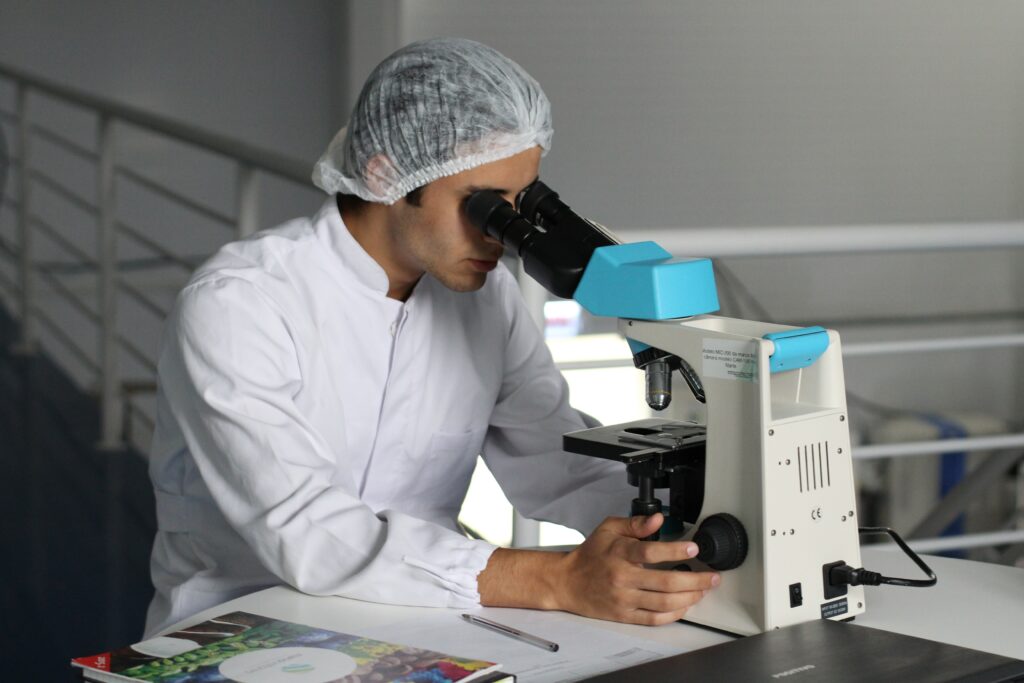
4. New applications to facilitate daily medical monitoring
We previously spoke about the rise of data in medicine. Of course, this includes the development of applications that aim to simplify the care of patients. This year, Santexpo has rewarded several companies in this field. The first one was created in response to the striking fact that 20 million patients have to take medication every day for long periods of time, or even for life. To make their daily life easier, Yumed has created a mobile application that allows them to identify their medication by scanning, to program reminders and to get notifications. The medication history also allows users to keep track of their medication stock and not forget to visit their pharmacist on time.
Another company awarded by Santexpo focuses on the rapid and secure deployment of e-health applications. Lifen Platform provides a unique integration with the HIS (hospital information system) in order to coordinate information between technical teams. Also with the aim of simplifying the care process, Enovacom Patient Link offers a solution that connects patients with their care facilities before, during and after a stay. The patient benefits from a single mobile and web application where his or her procedures are saved, while the establishment manages the patient’s journey on a single ergonomic and secure interface.
These different companies are highlighting a trend of 2021 in the healthcare sector: simplifying the procedures and the healthcare process. In this same idea, the French health insurance company, Assurance Maladie, has created a digital health record, still in the test phase, which will be rolled out nationally in 2022. You are probably familiar with the term “shared medical record” (DMP), which aims to store your data online in a single space. The creation of “My Health Space” will therefore soon replace the DMP in France.
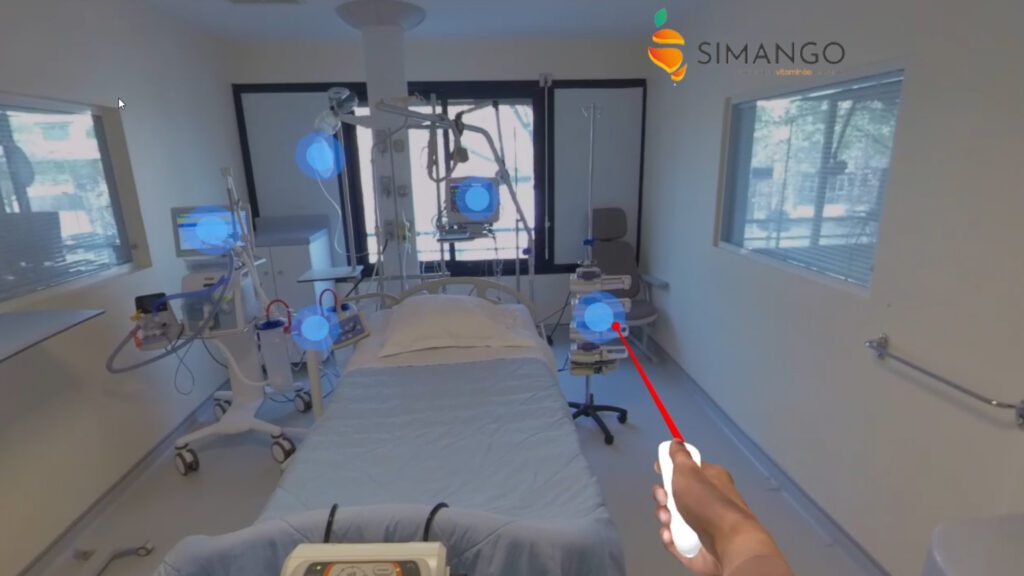
5. Virtual reality for training in times of crisis
We often talk about therapeutic virtual reality headsets whose analgesic and anxiolytic action is no longer in question. If they effectively relieve patients and caregivers, 3D glasses are also used in other fields. Of course, we are not going to talk about video games in this article, but rather about innovations in medical training.
Indeed, virtual reality is used as a valuable educational tool. It immerses the user in a realistic environment in which learning can take place in real conditions. The relevance of this device was striking during the health crisis. Numerous people had to be mobilized in an emergency within intensive care units. However, these helpful reinforcements did not always have the necessary knowledge. To integrate these teams as efficiently as possible, the Vivalto Group and Simango have created the very first mobile and immersive 360° virtual reality training course in an intensive care unit.
Equipped with a virtual reality headset, the learners are able to move around in everyday work situations in order to familiarize themselves with the department. In addition to the technical prowess, with a creation in only two weeks, this training has proven to be of public utility to meet the needs of the crisis.
Telemedicine, artificial intelligence, 3D printing, various apps and virtual reality have truly made their mark on the healthcare industry in 2021. Looking at the innovations of the past year, we can already see the prospects of the one to come. We don’t know about you, but at Healthy Mind we can’t wait to see what 2022 has in store!
